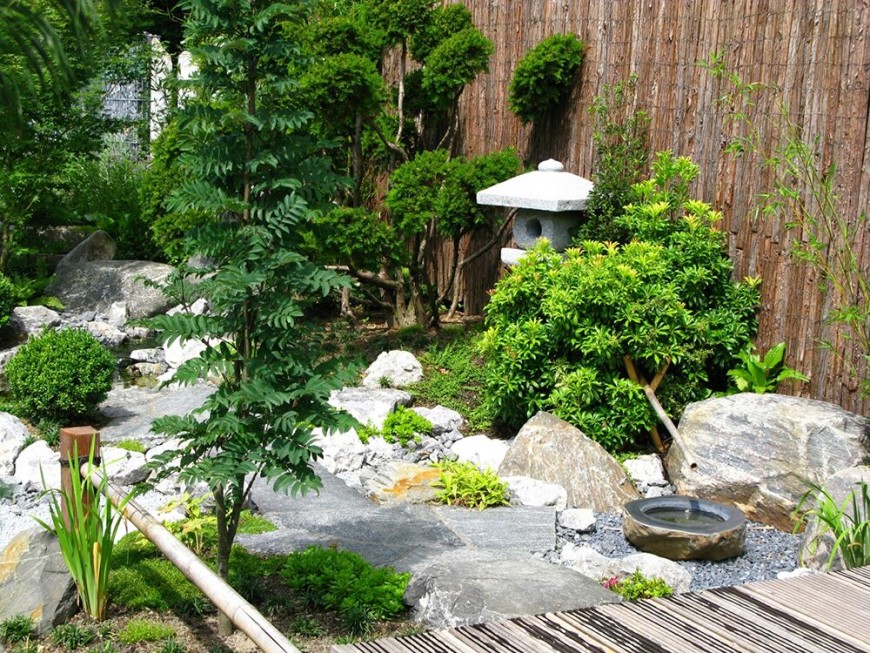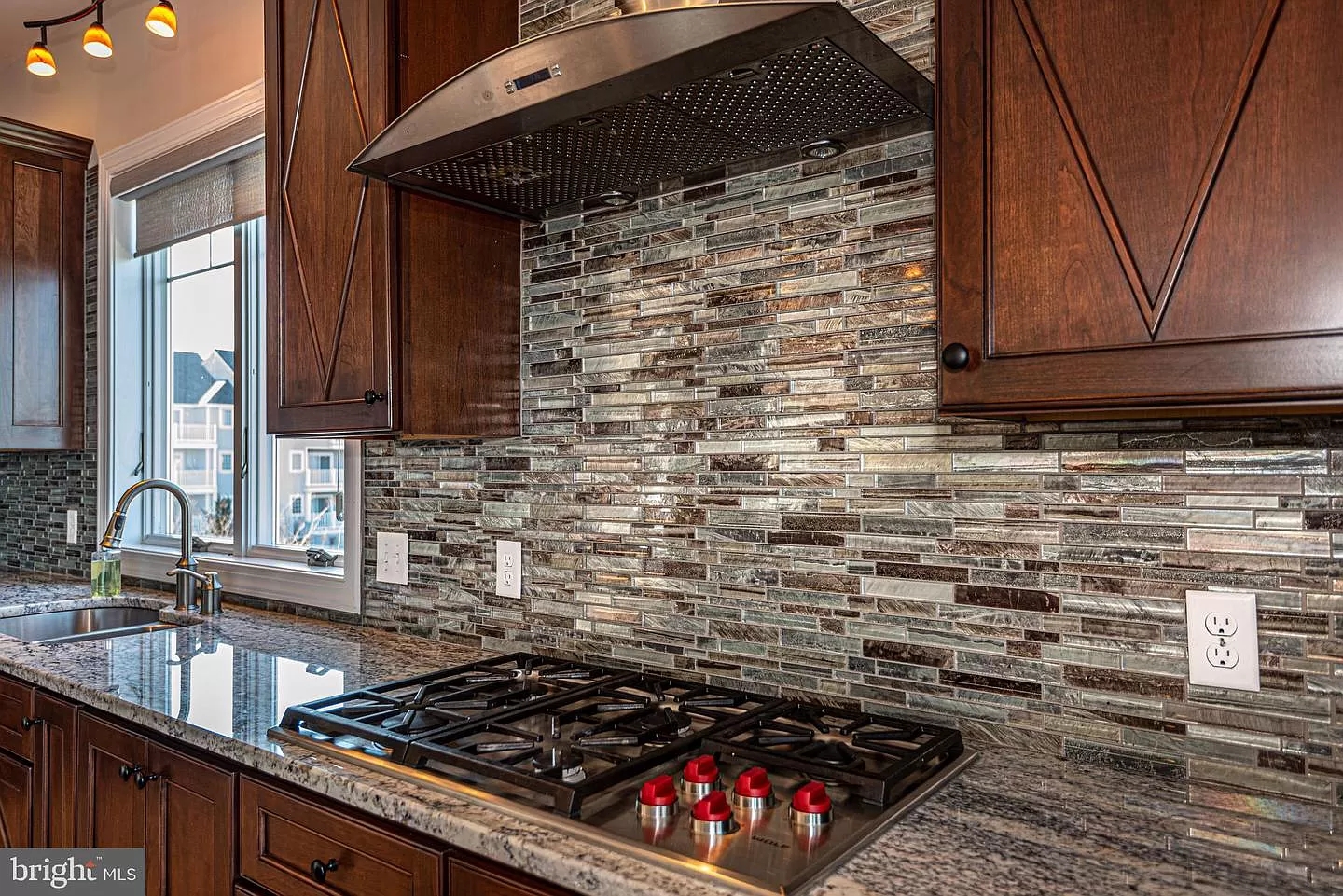Table Of Content
Kohei does offer consultations, perfect for people who want to apply his years of experience to their own backyard renovations. However, most of his clients hire him to both design and install their Zen Garden, which is his preferred method of working. This will bring life to your space and go a long way toward creating the relaxing space you’ve been imagining. Of course, Kohei Owatari is a master of his craft and his own unique and inspired style can’t be duplicated. However, he was kind enough to share with us a few of the guiding principles that have contributed to his success and sense of aesthetics. Here are his insider tips for achieving a beautifully designed garden that stands out above the rest.
Natural materials and textures
A vast sea of bright yellow in Japanese culture is symbolic of hope and recovery. Just looking at tons of sunflowers cheerfully greeting the sun can fill you with happiness. Bamboo fences are a rustic alternative to everyday garden fences. Plus, bamboo is eco-friendly, attractive to look at, and stronger than regular timber.
Combine Pale Gravel with Plants
A gate or bridge can give visitors a sense of discovery, and will make a garden feel bigger by dividing it. These Japanese gardens are beautiful works of art that can be appreciated from both outside and within. Stroll through them or simply observe them from afar—they’ll have a calming effect on you. If you want to dedicate a space to Japanese gardens, too, go quickly through these FAQs. The sand or gravel you pick must harmonize with the other components of your garden. Once you’ve picked a site, draw a rough sketch of your arrangement.

Emphasizing empty space (Ma)
Unlike its larger counterparts, clumping varieties like ‘Tsuboi’ or ‘Dwarf Whitestripe’ have restrained growth habits, allowing you to maintain control over their size and spread. The slender culms, often adorned with delicate leaves, create a captivating visual impact as they sway gently in the breeze, adding movement and life to your Japanese garden. By providing the right growing conditions and avoiding common mistakes, Japanese Forest Grass can thrive and contribute to the beauty of your small Japanese garden. Its soft, cascading foliage adds texture and movement, creating a serene and inviting atmosphere. With proper care and attention, this ornamental grass will bring a touch of elegance and grace to your garden space. One of the distinct advantages of Fargesia ‘Nigra’ and ‘Fargesia’ bamboos is their non-invasive growth habit.
Ideally, they look best beside water, where their reflections create a shimmering duplication and, more importantly, the roots can remain constantly damp. This is the secret to growing Japanese iris, and even a small garden pond could be enriched by a few of these irises planted around the edge. If you’d like to make the move towards minimalism in a garden, consider dedicating a space to a dry garden with no plants at all – just sand, gravel and granite. That is not to say that the Japanese do not like color in their gardens. In Japan, if there’s any sort of bright color, it’s one plant at a time.
Design Elements in Japanese Gardens
Shady garden ideas for sun-starved spaces - Saga Exceptional
Shady garden ideas for sun-starved spaces.
Posted: Fri, 28 Jul 2023 07:00:00 GMT [source]
Consulting with a local horticulturist or garden expert can help you make the right choices for your specific climate. Japanese gardens make extensive use of natural materials and textures. Wood, stone, and bamboo are commonly used to create structures, pathways, and ornaments. These materials are chosen for their organic feel and ability to age gracefully over time. Natural textures, such as smooth stones and rough bark, add depth and tactile interest to the garden.
Japanese Garden Ideas for a Zen Backyard
A small island in the middle of this pond creates the illusion of a secluded Japanese garden retreat, even though it's not meant for visiting. With a larger space and longer span on the bridge, you could create a more accessible island. Playing with diverse surfaces and materials provides much of the interest in minimal, but creative Japanese garden ideas. See for your self of what we have accomplished these few years in providing Japanese influenced garden design.
These polished egg-shaped stones arranged in a bowl are a good example. Backed by the crimson foliage of a Japanese maple, they take on a sculptural quality. The sounds of moving water from waterfalls add to the soothing nature of Japanese gardens. Papyrus, ornamental grasses, and groundcovers bring life to the stream edge. This is a great way to cosy up any outdoor living or dining space.
Take Your Time
These gardens are designed to create a transition from the outside world to the tea house and often feature stone paths, stepping stones, and lanterns. Roji gardens are typically simple and minimalist, with a focus on creating a peaceful and contemplative atmosphere. Turn your backyard into a peaceful retreat by crafting a DIY stream within your Japanese garden. For authenticity, utilize large rocks to define the stream banks and create gentle waterfalls.
Unlock the potential of your bonsai with advanced soil mixtures. One of the finest Japanese gardens in Europe, it includes a Shinto shrine, a miniature Mount Fuji with a 'snowy' top of white stones and authentic artefacts (visit tattonpark.org.uk). Tiered waterfalls, a serene pond of koi carp, and peacocks too (visit parkgrandkensington.co.uk).
Additionally, allowing the soil to dry out completely can lead to the grass wilting and losing its vigor. To avoid these issues, it is important to select an appropriate location with filtered or dappled shade and to monitor the moisture levels of the soil regularly. When it comes to creating Japanese garden design in a limited space, simplicity takes center stage. Embrace the concept of minimalism to create an aesthetically pleasing and harmonious garden. Imagine walking around here on a warm day just drinking in the atmosphere, and then at night stone lanterns illuminate the bridge.
Your enclosed garden will have a very serene, meditative, and relaxing atmosphere. Don’t bother about being neat—asymmetry in Japanese gardens is not a bad thing. Make a privacy screen for your rock garden using bamboo sticks.
By incorporating the Japanese Iris into your Japanese garden, you bring a burst of color and cultural significance to the landscape. Its stunning flowers and distinctive form create a captivating presence that evokes a sense of purity and resilience. With proper care and attention, the Japanese Iris becomes a cherished centerpiece, adding depth, beauty, and cultural symbolism to your Japanese garden. When growing Japanese Forest Grass, it is important to provide the right conditions for its success. It is also crucial to ensure that the grass receives adequate water, particularly during dry periods, to maintain its lush appearance and prevent the foliage from drying out.

Now they are more often used as a purely decorative feature that’s incorporated into the harmonious aesthetic. The dramatic and exotic camellia is much admired for the beauty of its flowers and dark glossy leaves. There is a huge variety of cultivars to choose from but purists of Japanese style opt for C. Camellia sinensis has non-descript small, white flowers but the leaves are important in Japan culture as they're used to make tea. They come in burnished shades of crimson, bronze and gold, as well as vivid sherbet lemon and fuchsia pink.













